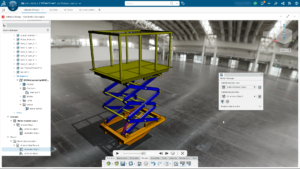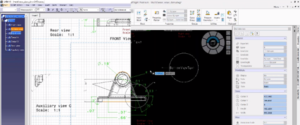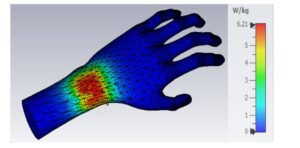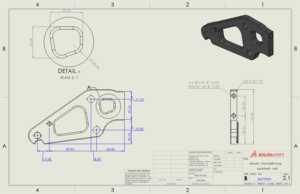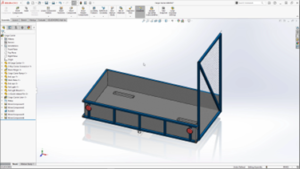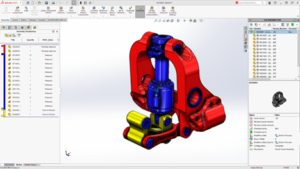When selecting a new CAD software like SOLIDWORKS, customers often overlook the significance of having the best hardware to prop up their new acquire. We get Skepticism is constantly about what should be appraised before buying or upgrading equipment, so we believe it would be helpful to compile all the published system requirements along with our Technical Team’s recommendations in one place.
SOLIDWORKS System Minimum Requirements
The SOLIDWORKS needed in your computer system to have a number of assets specified by the developers to make sure you can install and use all its potential. In this blog, we will examine the system demands of SOLIDWORKS and discuss the best course of action to make sure ease of use and productivity in handling the software.
System Hardware Requirements to Use SOLIDWORKS
- Operating System : SOLIDWORKS 2021-Windows 10 Pro, 64-bit SOLIDWORKS 2020-Windows 10 Pro, 64-bit, Windows 7 SP1,
- Processor: 3 GHz or higher clock speed (ideally closer to 4 GHz)
- Memory: 32 GB (At least 16 GB Recommented)
- Hard Drive: SSD( Solid State Drive), Maintaining at least 20GB space.
- Graphics Card: NVIDIA Quadro P 2000 and above, T and RTX series with 4GB
(or higher) dedicated memory. - Server Products: Windows Server 2016, Windows Server 2019
Is SOLIDWORKS Consistent with Windows Home Editions?
No, SOLIDWORKS doesn’t support Windows Home Editions. Similarly, it also doesn’t support macOS. You may be permitted to install and use SOLIDWORKS on a Windows Home Edition or a Mac computer with Windows OS but installing the software on an unsupported operating system may cause it to crash.
What Type of Graphics processing unit Is Recommended for SOLIDWORKS?
A llNVIDIA Quadro and AMD Radeon Pro graphics cards are validated for SOLIDWORKS. A graphics card with OpenGL hardware speeding up will deliver s best performance and stability. The magnified production will be easily detectable in model viewing using tools such as zoom, refresh, rotate and pan. While a certified graphics card is important, SOLIDWORKS is a CPU-bound software and can deliver endless performance on a faster processor.
Which versions of MS Office are amicable with SOLIDWORKS
SOLIDWORKS is suitable with Microsoft 2013, 2016, and 2019. SOLIDWORKS has the potential of using Microsoft Excel to create Design Table, BOM, and more. After a new Microsoft Office major version is released, SOLIDWORKS must do performance tests and therefore will not be verified on the given service pack at the time.
SOLIDWORKS Hardware Requirements – Memory/RAM
Composite models and drawings in SOLIDWORKS will need more RAM (Random Access Memory) in order to load productively. This put in mainly to the size of data that needs to be loaded when using the software. If a computer runs out of memory the load time for files can increase severely, due to hard drive caching.
Make sure the amount of RAM in a computer is enough for the typical size of data is important. Running regular, heavy – data Simulations, for example, increases the need for RAM, because large amounts of data typically needs to be loaded during calculations.
- Minimum amount of RAM endorse by SOLIDWORKS: 16GB
- If running working with large datasets or simulations, we recommend at least You can go up to 64GB, but if you’re at a point where you need that much, you might want to think about simplifying the simulation study!
SOLIDWORKS Hardware Requirements – Storage (HDD/SSD)
When it comes to selecting the size of your Hard Disk Drive (HDD) for SOLIDWORKS, we endorse starting with at least 256GB and working your way up to the biggest size you can offer.
For the best performance, we endorse that you opt for a primary Solid State Drive (SSD) or M.2* drive to run SOLIDWORKS (and Windows) and a secondary SSD that’s used for storing everything else. This make sure models, assemblies, etc load and saves as fastly as possible.
*If you’ve already been doing some research, you may have noticed that some systems are supplied with “M.2” Storage. This is the very latest standard in storing data and the ones labeled NVMe (rather than SATA) use another way of interfacing with the computer. These Storage devices are a step up again from SSD’s and literally much faster, if cost isn’t an issue and you’re looking for the very best possible performance, you may want to consider one of these.


